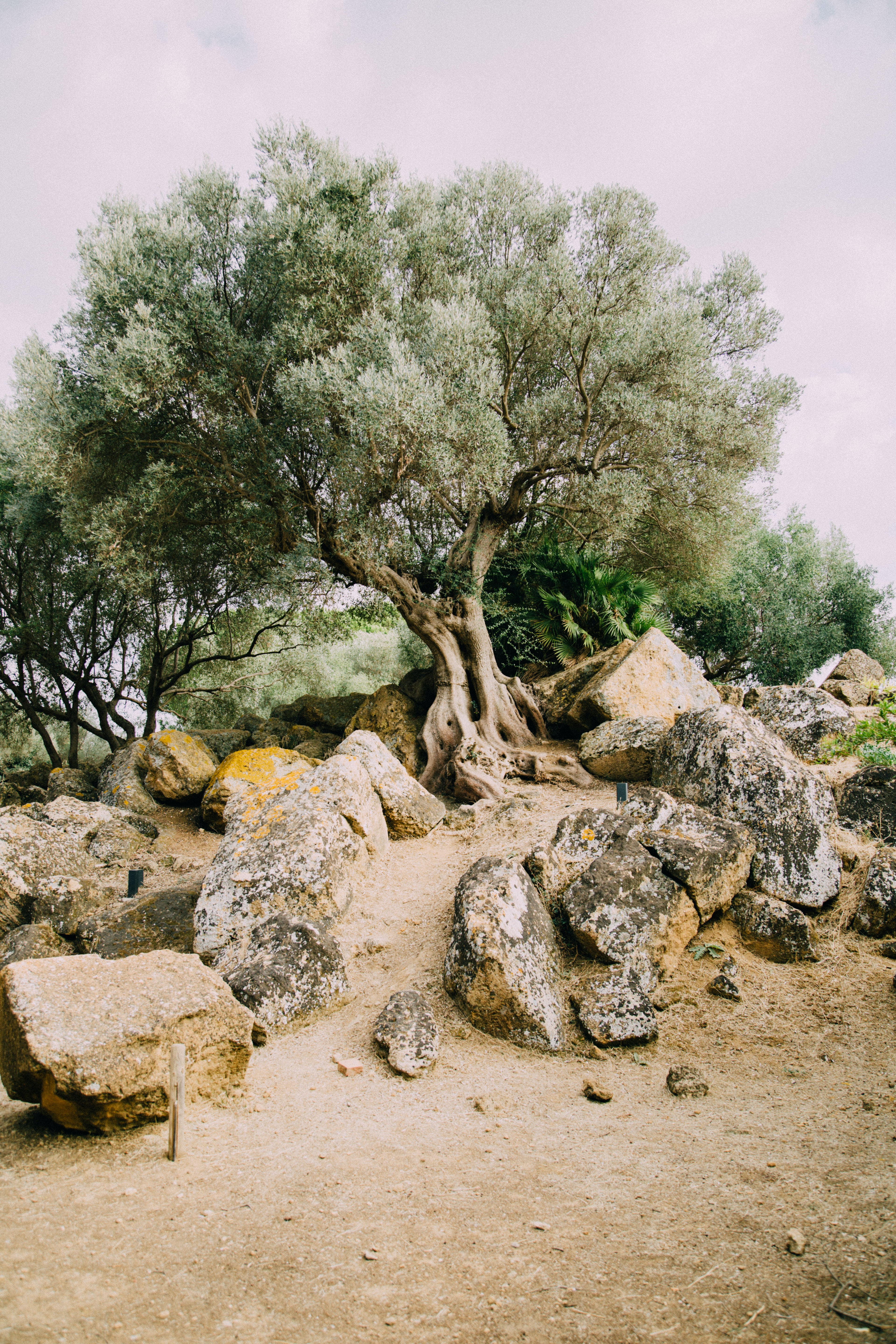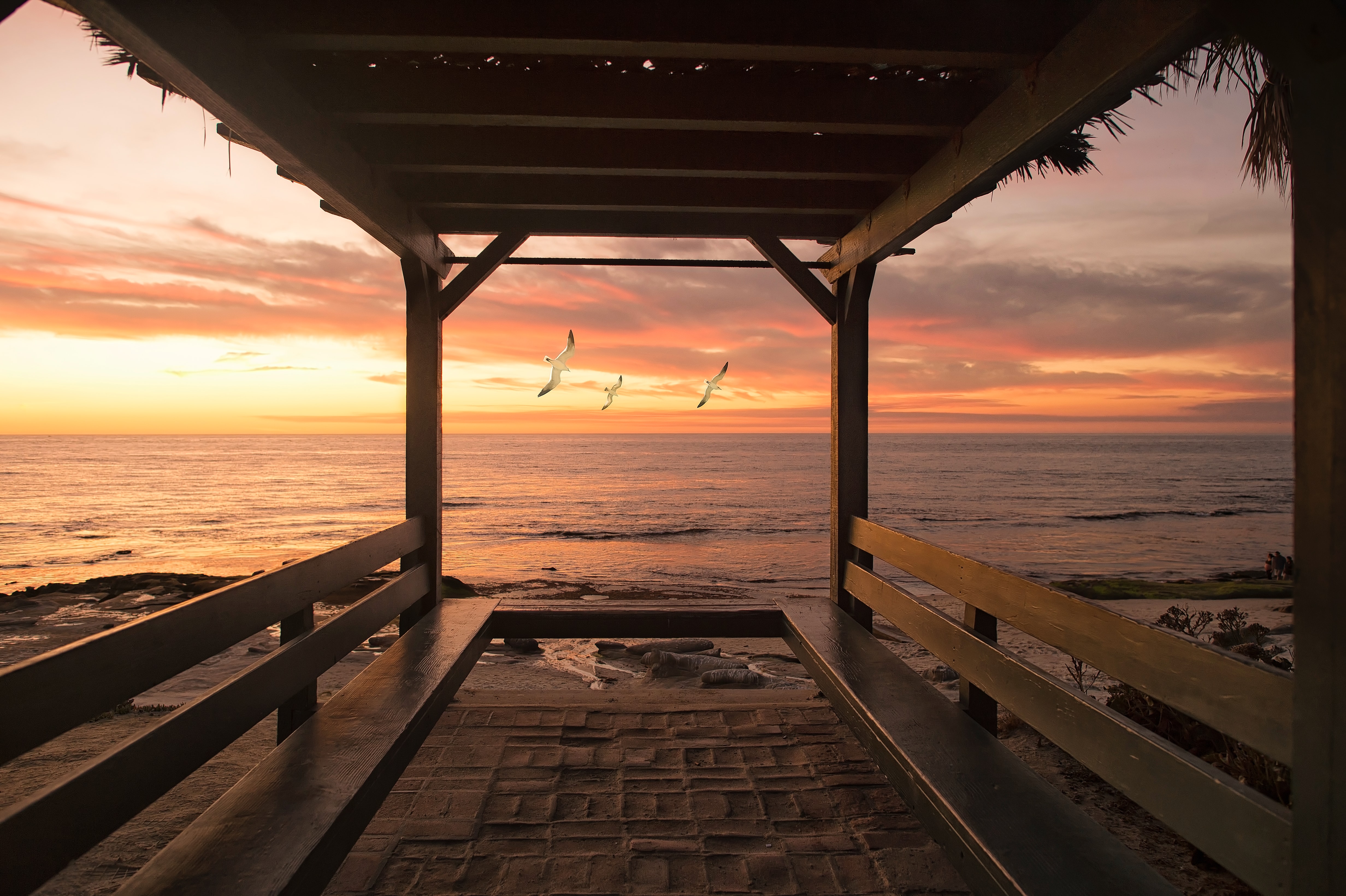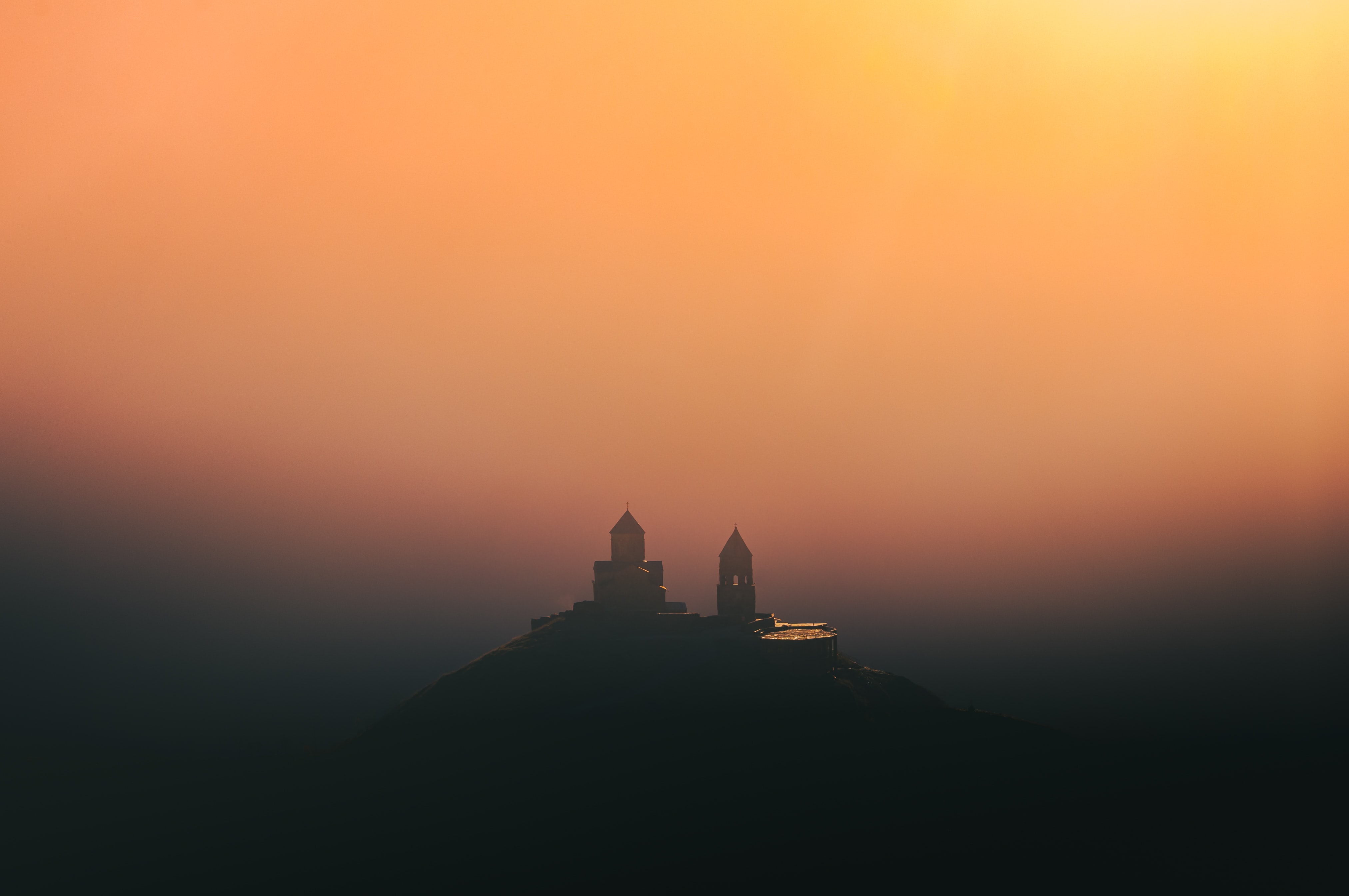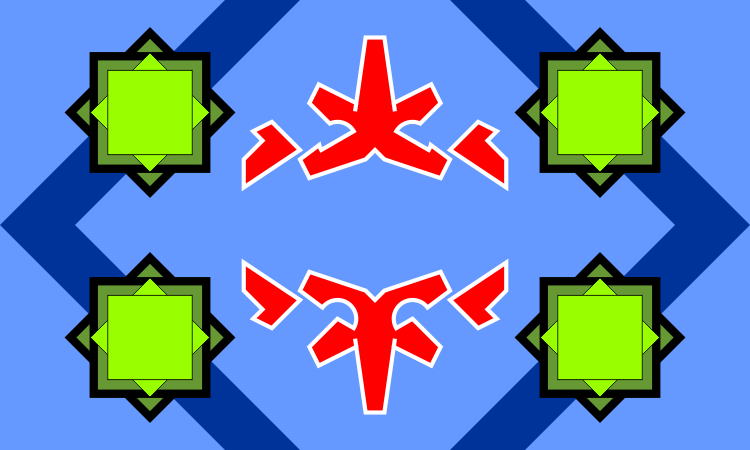Kalqa
Kalqa is a large town in the Rostran Archipelago Confederacy. Kalqua is a mostly High Rostran settlement instrumental in that culture's history of aeronautics, particularly rocketry and aerostat flight through the legacy of inventors like Vexan Zin.
Demographics
The population of Kalqa is majority High Rostran in composition, with minorities of Low Rostrans and Civil Ovinex. Kalqa is unusual among Rostran settlements in that it also has a significant population of human and verdial expatriates. Most of this foreign-born population is associated with the Manifold Triortan League or Navigator's Guild, both of whom represent bridges between the island's historical legacy and ongoing events beneath the Manifold Sky.
Industry & Trade
Fish, olives, grapes, and certain herbs are cultivated around Kalqa, though not in the same regions of the island. Kalqa is not as bountiful in terms of agriculture as other settlements in the island chain, such as Peuli, but what it does produce is in high demand in the capitol at Exivaun and other markets throughout the greater Manifold Sky.
Tourism
Tourism is a major driving force in the local economy of Kalqa. Rostrans from around the archipelago enjoy visiting Kalqa because of its austere geological beauty and because, by the nature of its geography, there are many places on the island that feel peacefully isolated from the rest of the cube layer. Wineries and restaraunts are popular draws for more wealthy clientelle, though few arive at the island just for these delights.
Kalqa is also an important cultural hub for Rostrans in general and High Rostrans in particular. The famed inventor Vexan Zin was born on Kalqa and spent most of his life there, inventing the hot air balloons that are the precursors to modern airships, skystations, and skymoths. Zin may have also been responsible for the creation of Triortan, an abstract strategy game that sees play throughout the Manifold. Indeed, the Manifold Triortan League maintains its headquarters at the House of Games on Kalqa and is heavily involved in the local Eurymaxim festivities held there.
Architecture
As with other island communities in the archipelago, buildings on Kalqa are traditionally made with white-washed stucco and designed with cupolas or rooftop towers to take advantage of natural cooling. The many old covered walkways that crisscross and ascend the rocks to connect mountain neigborhoods feature inverted gables to collect rainwater, the endcaps depositing the captured water into great underground cisterns for later use by the townsfolk.
A significant number of shops, residences, and civic buildings - as well as the majority of the town's civil infrastructure - are hewn out from under the mountains or incorporated into pre-existing underground spaces lit with the occasional skylight. Ancient gardens, libraries, Esotericist temple complexes, and public baths all lie within this subterranean network of arcades and vaults, with waterfalls from the collectors above and vapors from the cisterns below keeping the whole system comfortably cool in the otherwise stifling Rostral Tesseract summers. This underground cityscape dates back to antiquity aroud the Rostran-Ovinex War or earlier and represents a uniquely High Rostran diversion from Low Rostran architectural norms.
Geography

by Don Fontijn
Climate
The land of Kalqa proper is comparatively arid and owing to the jagged terrain's poor ability to capture rainwater. The relative dearth of soil atop the crags means that tree cover is sparse, with olives, cedar, and other drought-resistant trees growing mostly from crevices and depressions where the yellowish soil is able to accumulate. These patches of open ground tended to form the basis of small farming communities which, over time, were consolidated into the municipality of Kalqa.
Type
Large town
Population
~70,000
Inhabitant Demonym
OvasKalqa; Kalqans
Location under
Included Locations
Owning Organization
Related Traditions
Characters in Location







Comments